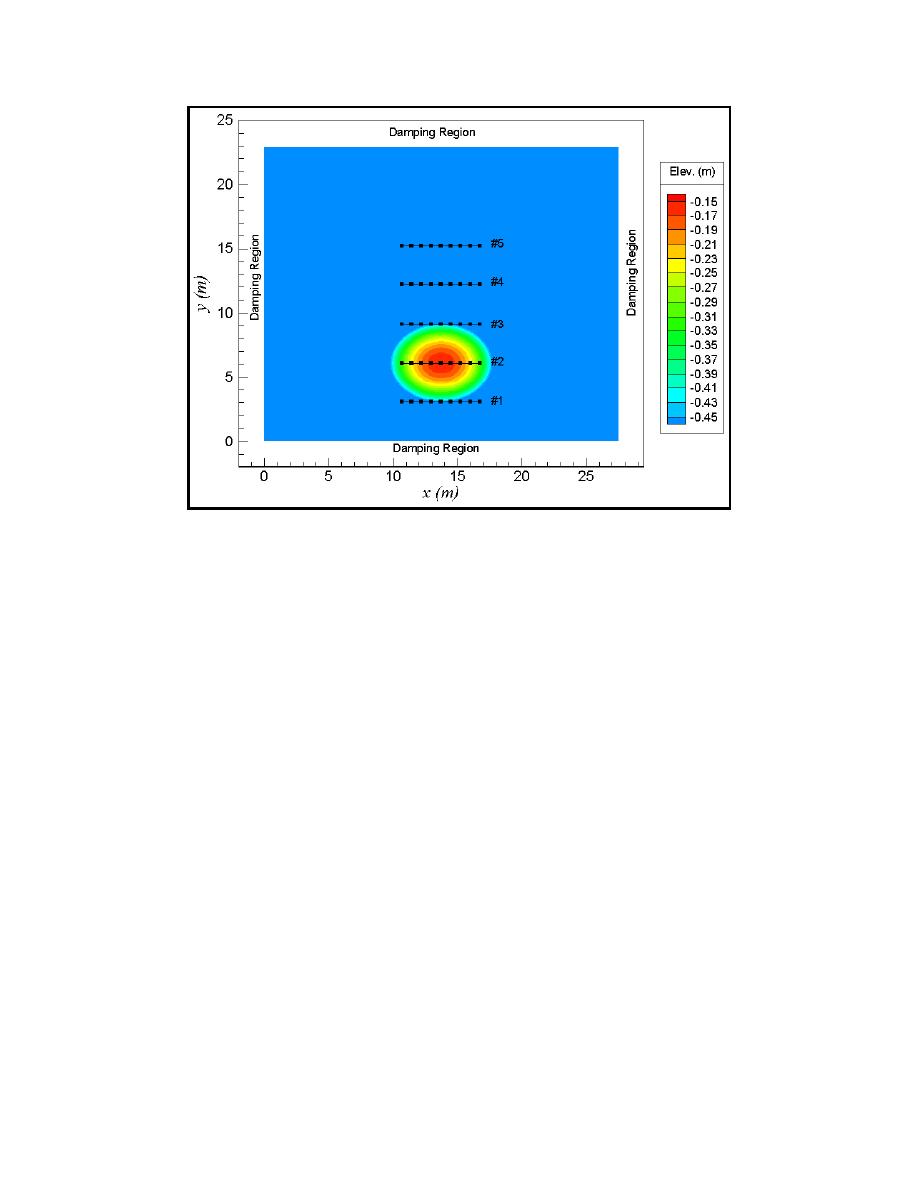
Figure 12. Plan view of bathymetry and layout for Vincent-Briggs shoal
experiments
Figure 13 shows a snapshot of the instantaneous water-surface elevation over
the shoal predicted by the BOUSS-2D model for test case N1. The focusing of
wave energy behind the shoal can clearly be seen. The corresponding 2-D map of
the normalized wave height distribution over the computational grid is shown in
Figure 14. The predicted wave height variation along transects 3 and 4 are com-
pared to the experimental results in Figures 15 and 16, respectively. BOUSS-2D
significantly overpredicted the wave height amplification along transect 3 with
differences of the order of 20 to 30 percent. A better match was obtained along
transect 4 where the wave height amplification was lower. The reason for such
large discrepancies along transect 3 is still unclear. Similar discrepancies were
obtained with the CGWAVE model (Demirbilek and Panchang 1998) as shown
in Figures 15 and 16. For the broader directional distribution test case B1, rea-
sonable agreement was obtained between the model and the lab data as shown in
Figures 17 and 18 with differences of the order of 10 percent.
Wave Breaking in Bimodal Sea States
Bimodal sea states consisting of swell and local wind-generated components
occur frequently along most U.S. coastlines (Thompson 1980). Smith and
Vincent (1992) investigated the shoaling and breaking of dual-wave systems on a
constant slope beach. They found that the higher frequency component decayed
much faster in the presence of the low-frequency waves, while the lower fre-
quency component appeared to be unaffected by the presence of high-frequency
waves. Smith and Vincent (1992) investigated the applicability of spectral energy
45
Chapter 5 Model Validation



 Previous Page
Previous Page
